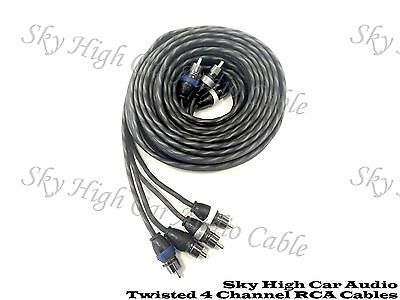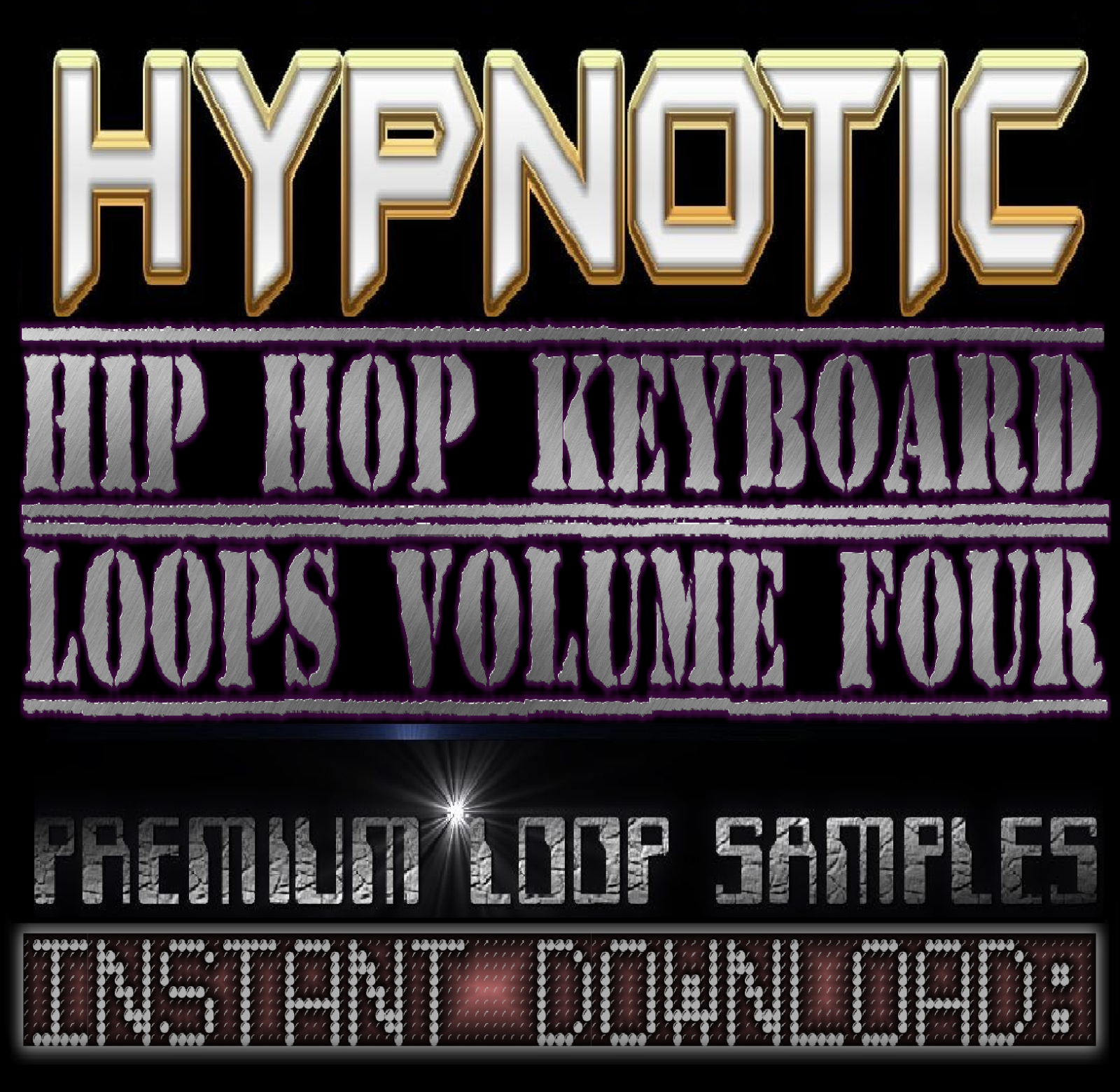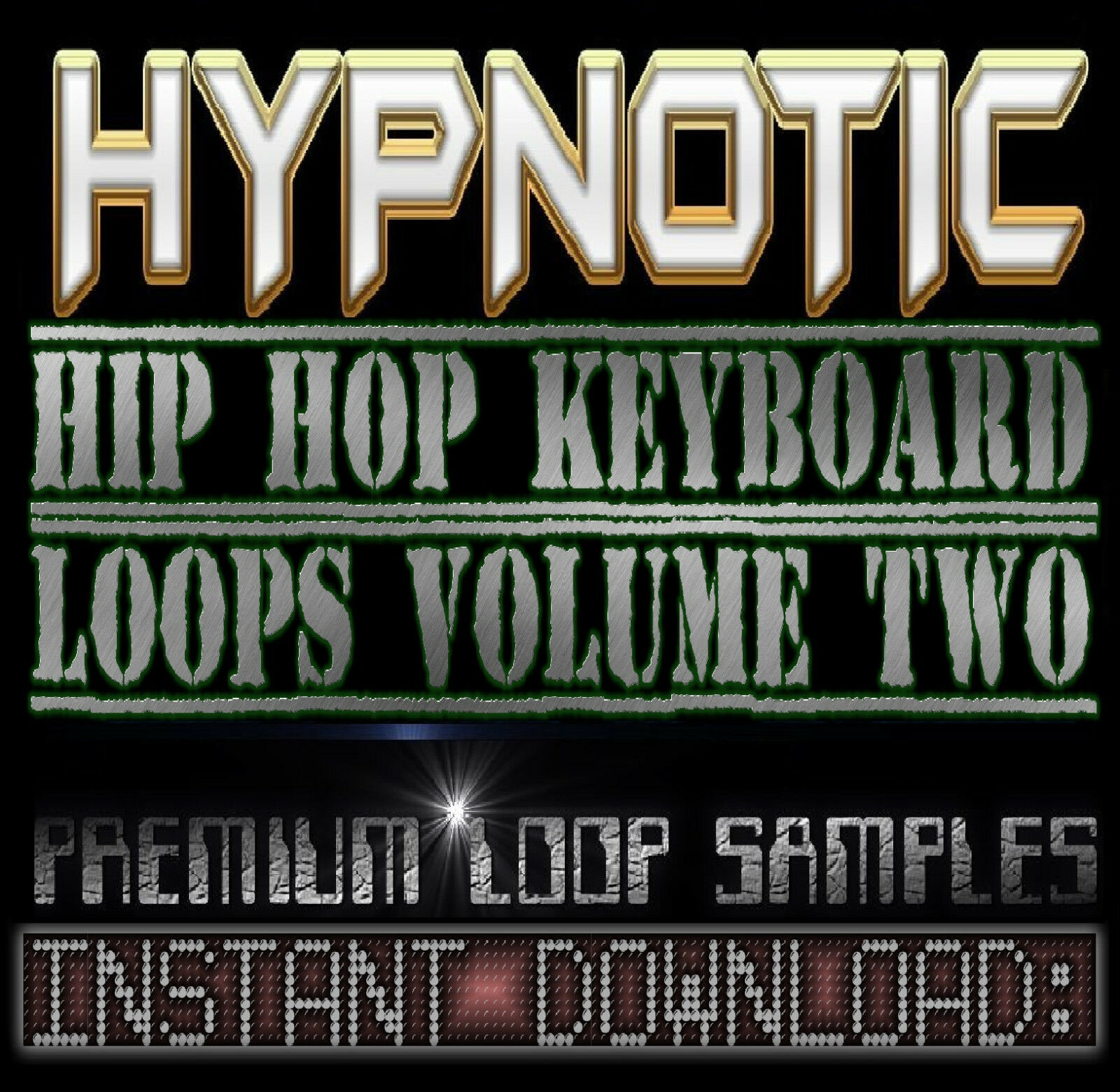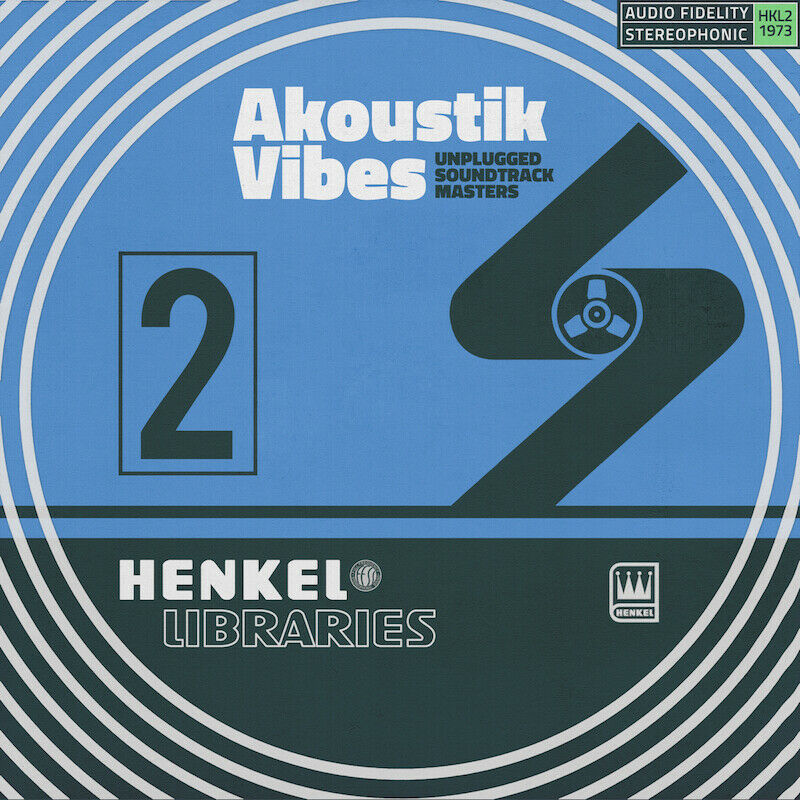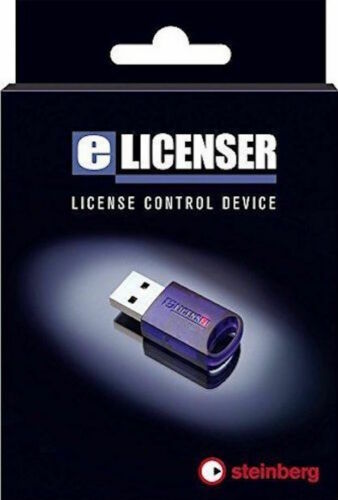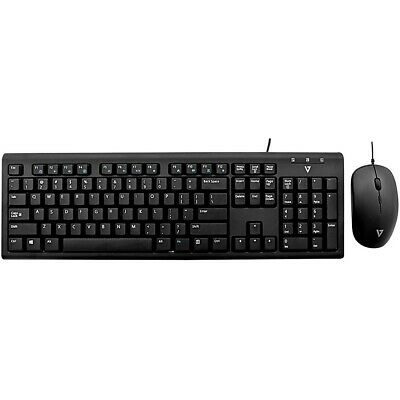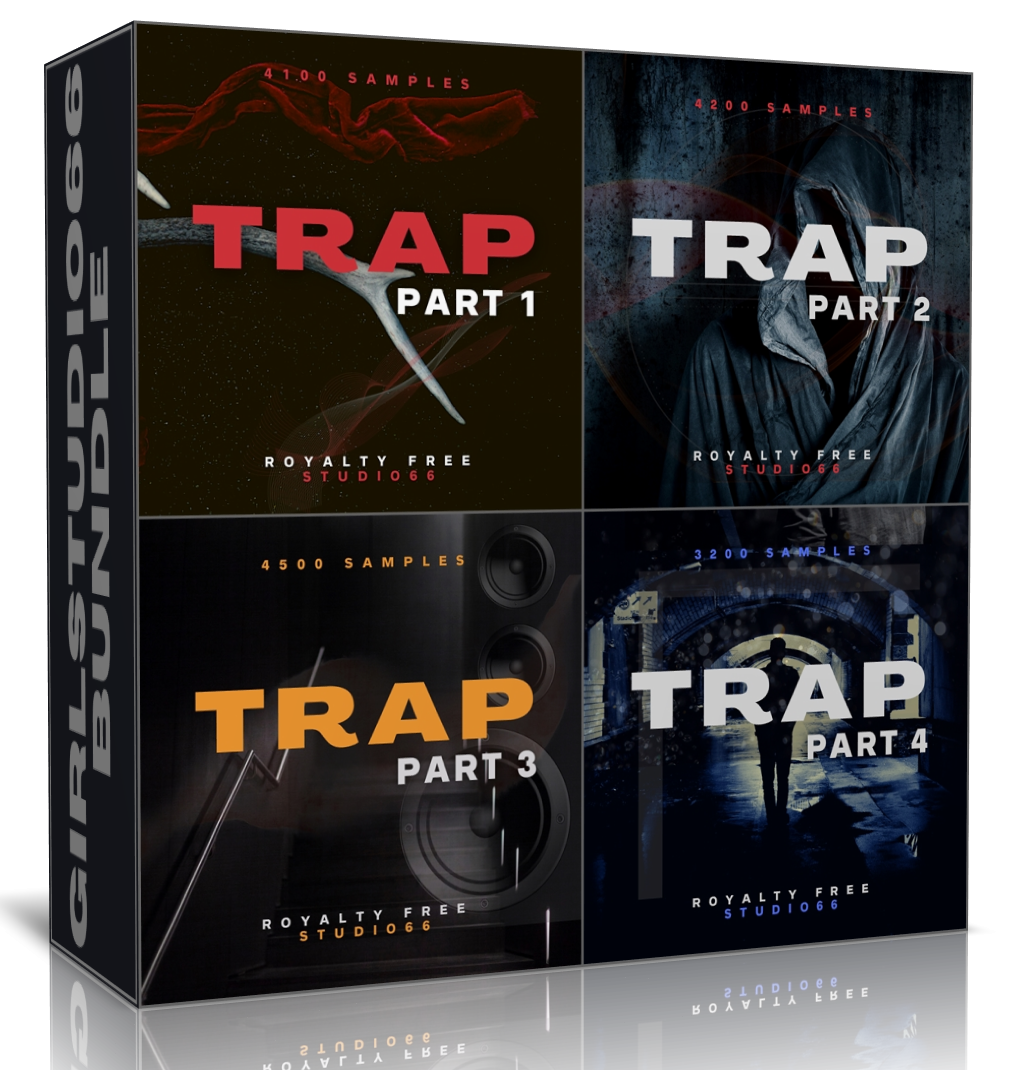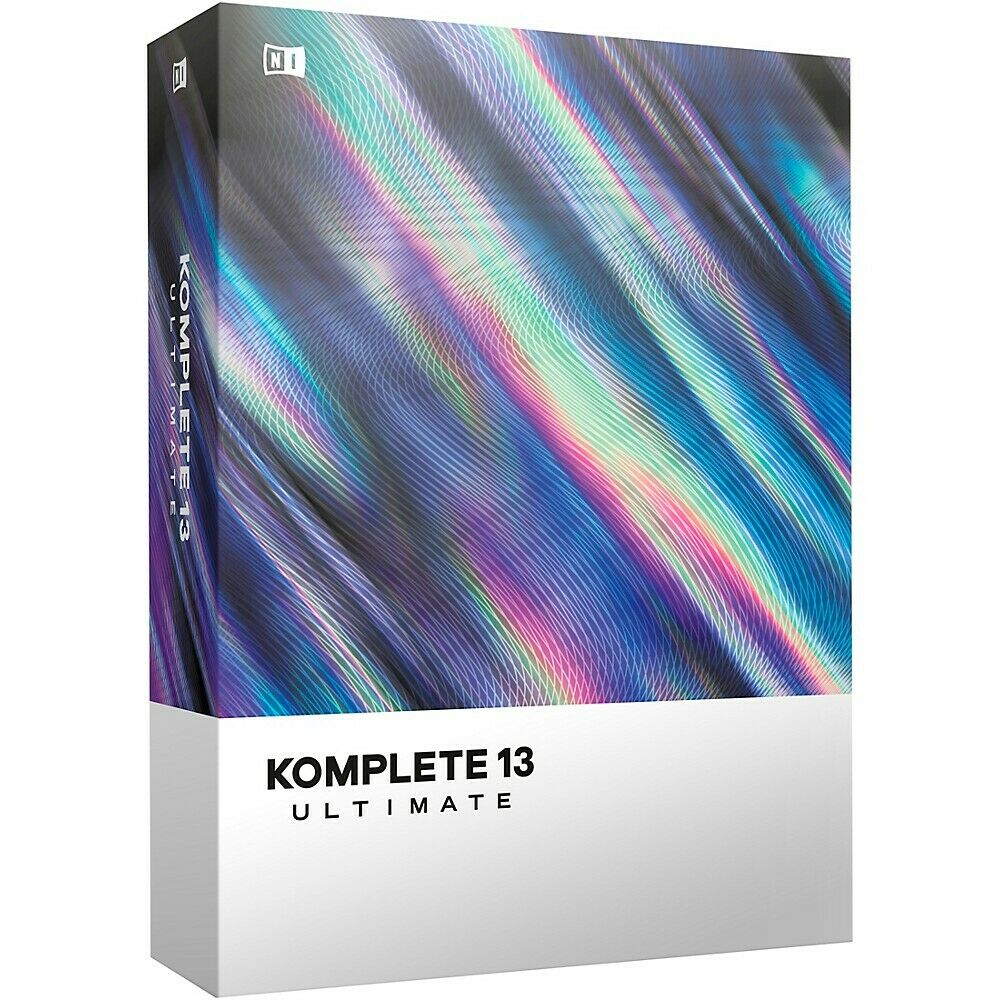-40%
Image-Line Harmor
$ 62.83
- Description
- Size Guide
Description
Image Line Harmor|| Your Digital Software Registration Code and Instructions Will Be Sent to You, Along With an URL Connecting You Directly to The Manufacturer, Who Will Provide You With Your Software Digitally. Please Be Aware That Software Is Non-Cancelable and Non-Returnable. If you have any questions about this product please do not hesitate to contact us. Guildwater Gear is an Authorized Image Line Dealer through the Xchange Market. There, You Can Find Us Among Their List of Authorized Resellers.
Introducing a powerful additive / subtractive synthesizer, image synthesizer as well as audio resynthesizer,
Harmor.
Additive / subtractive.
Just like its little brother Harmless, Harmor is driven by a powerful additive synthesis engine. Its modules will look familiar to subtractive synthesizer enthusiasts: oscillators, filters & phasers, these are featured in Harmor but, because performed through additive synthesis, offer more freedom. You don't just
select
filter types, you
draw
them. You wanted more, so also featured is the multipoint envelope editor of Sytrus fame, applied to over 40 parameters, in 2 independent parts. Through the same envelope/mappings, randomize any parameter or link it to key or velocity, and even fine-tune each unison voice independently. Processing units can be rearranged in a semi-modular way. If you need one of the 2 filter units processed after the blur unit, that's no problem.
Image synthesis.
Because it typically requires manipulating large amounts (up to 500 per voice) of partials over time, additive synthesis is hard to handle. No human can (or even wants to) edit 500 envelopes, but editing 2D images, that we can do easily. Get access to gain & pitch planes which you can tweak in the image editor of your choice, and import any bitmap, even if it wasn't designed to be turned into audio, it might still sound interesting.
Audio resynthesis.
Being an additive synthesizer, Harmor can resynthesize audio files as well. The reproduction will be faithful, not a vague sound-alike as in many additive synthesizers. Resynthesis can of course be tweaked, providing time stretching, pitch shifting, or less conventional manipulations of partials. And of course, the result of the analysis can still be turned into an image for further editing.
Efficient.
Additive synthesis is generally very CPU-consuming, but not Harmor's engine. Its efficency is in fact, comparable to that of subtractive synthesizers. Voices may be generating hundreds of harmonics in parallel and still not overload the CPU. Processing being multi-threaded, extra CPU cores come in handy.
Pixels!.
Resynthesis or image-synthesis, Harmor features both. Import a piece of audio and time-stretch or pitch-shift it (with formant and transient preservation). Convert this to an image and edit each partial individually!
Two parts.
Two independent parts (or “layers”) for even more complex sounds. Parts can be imported from other presets.
SFX.
In the effects section you will meet all the usual suspects: distortion, chorus, delay and reverb, as well as the mighty Soundgoodizer based on the Maximus engine. Just like processing units, effect slots can be re-ordered. Each part has its own effect mix amount.
Looks pretty.
If you don't understand it, visualize what it's doing, best way to learn! Watch how each partial evolves in the built-in spectrogram, a picture is worth a thousand words.
System Requirements
Harmor
in FL Studio
Harmor
works inside FL Studio
both under
Windows and macOS
General FL Studio system requirements apply
VST Plug-In
ATTENTION: NO macOS
VST
version available!
Can NOT be used in other DAW on Mac.
Use INSIDE FL Studio is possible on both macOS and Windows
WINDOWS: 7, 8, 10 or later
2Ghz AMD or Intel Pentium 3 compatible CPU with
full SSE1 support
512Mb RAM.
30Mb free disc space.
DirectSound or ASIO compatible soundcard.
VST2 compatible host.
Listing and template services provided by inkFrog

